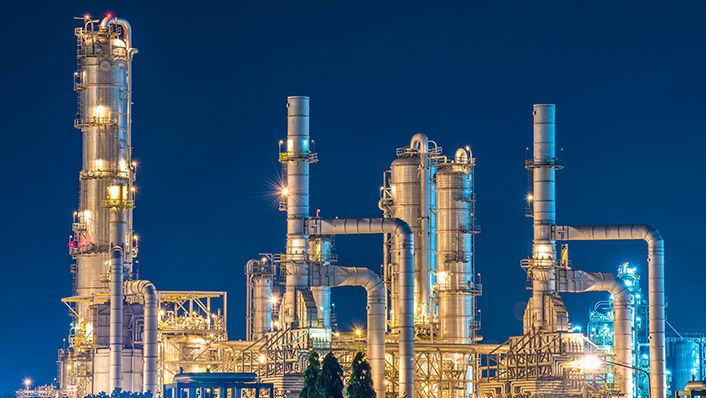Identifying Value from CO2 Reduction in the FCC Unit

Premium catalyst technology boosts propylene yields and profitability
As the world moves toward an increasingly decarbonized energy system, many energy companies are investing in adapting their businesses. Refiners have created a variety of strategies to transform traditional refining – with its focus on efficient production of hydrocarbon transportation fuels – to operations that will produce new products or products with a lower carbon footprint.
These strategies range from small to very large transformations to the refinery. Many require significant planning, capital expenditure, and critical changes to refinery infrastructure. In addition to the environmental benefits of a reduced carbon footprint, Grace can provide tangible, immediate value by identifying opportunities to reduce CO2 emissions while at the same time maximizing profitability and expanding the refinery operating envelope. These new operating boundaries are vital to helping refiners successfully contribute to the world’s drive to reduce atmospheric CO2.
Read the latest issue of Catalagram to learn more about our redefined conversion metric, called Grace Value Conversion (GVC), which helps refiners understand different carbon emissions sources and how to tackle them without compromising unit yields and profitability.
One FCC unit in Europe was able to reduce carbon emissions while maximizing profitability through a reformulation to Grace’s FUSION® FCC catalyst. This represented an opportunity to deteriorate feedstock quality for the refinery to minimize feed costs thanks to improved coke and gas selectivity, as well as pushing up targeted high-value liquid products. These changes resulted in a profitability increase in USD/bbl that more than doubled the FCC crack margin spreads vs Brent during the period of the trials.
